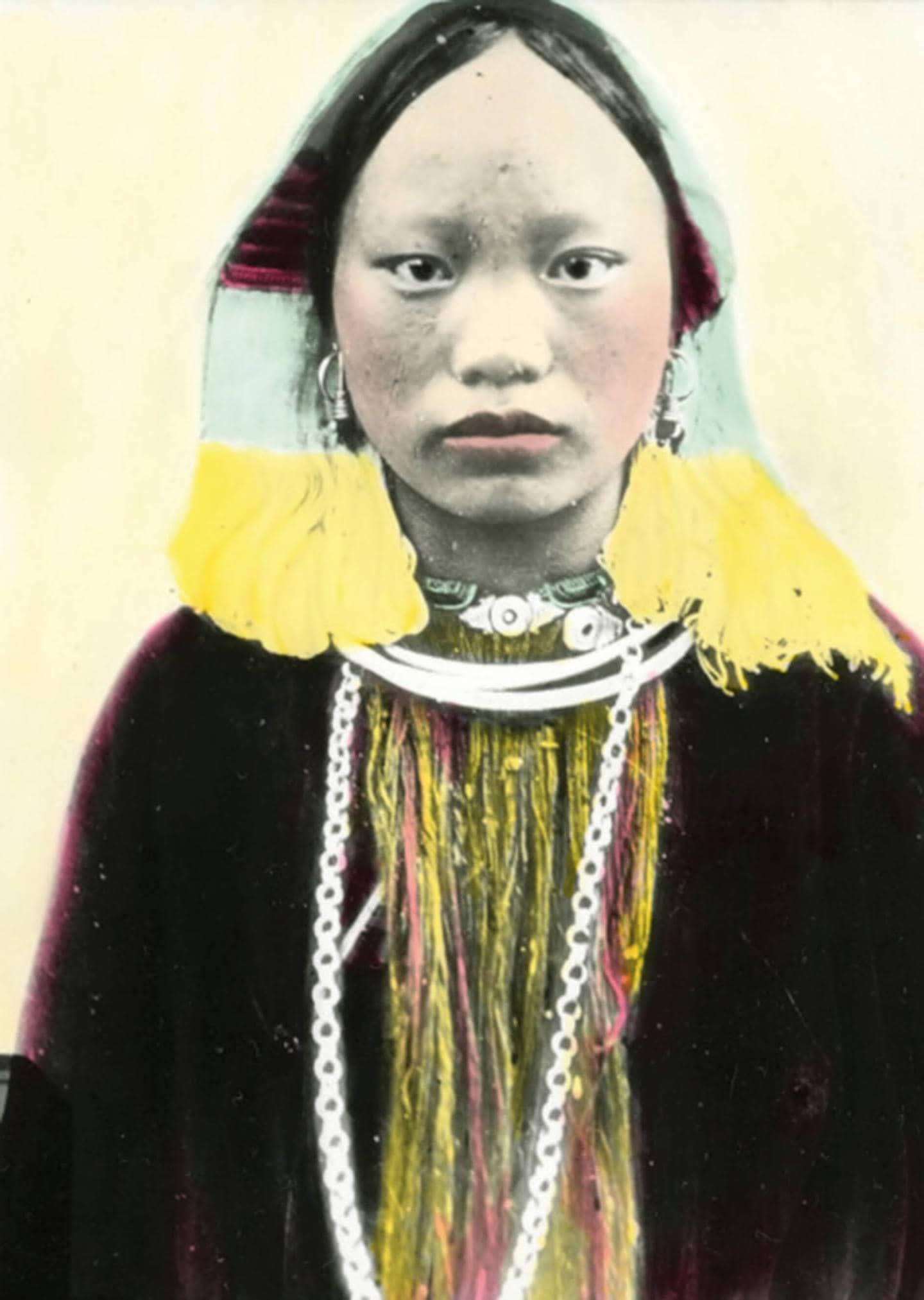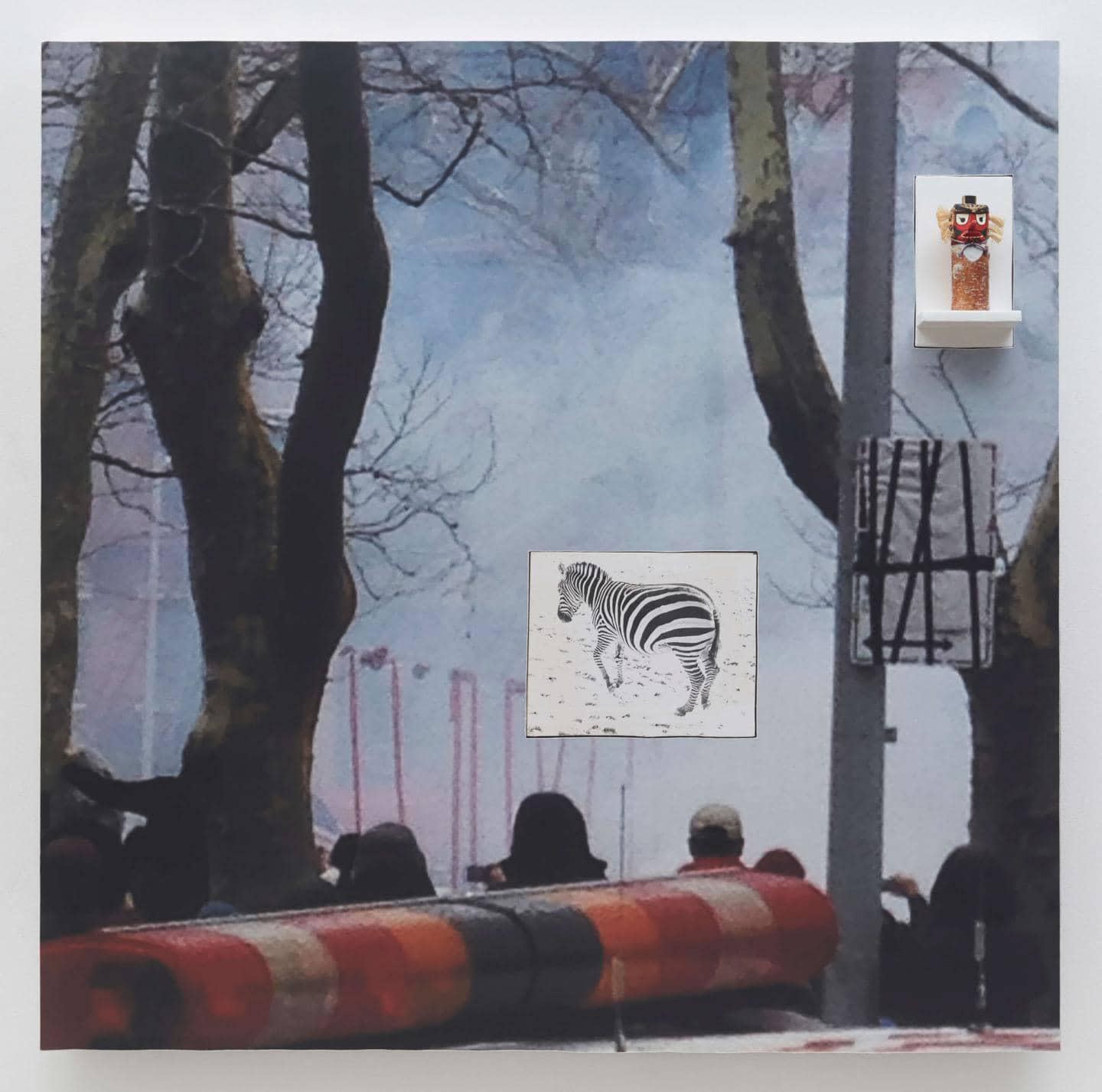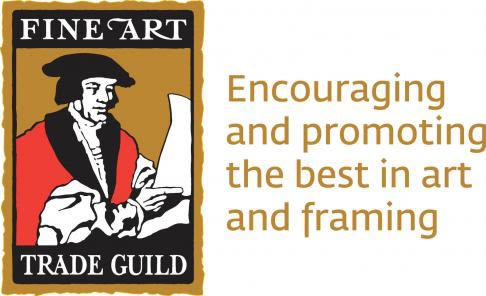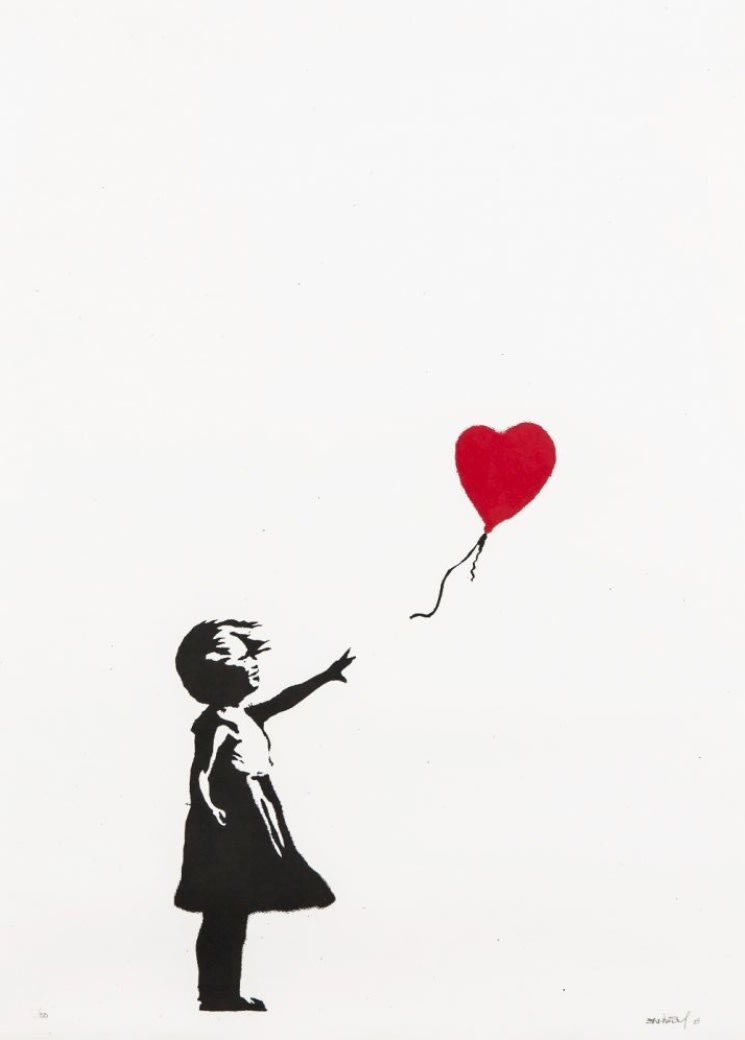Wang Du emigrated to Paris a year after the Tiananmen Square protests. His subsequent distrust of media imagery can be seen in three striking bronze sculptures, exhibited at this year’s Art Monte-Carlo.
Each piece is an enlargement of crumpled newspapers in three languages: Arabic, American and Russian.
The prominence of Wang Du at Art Monte-Carlo reflects a growing trend for emerging market art. The global top 500 artists, by auction turnover, featured 162 Chinese contemporary artists in 2017, compared to 139 Europeans and 97 Americans
Beyond China, the South Asian art market grew by 13% in 2017, according to the South Asia Art Market Report 2018, with sales estimated at $223m2.
African art is also experiencing a popularity boom: last year, an auction at Bonhams in London saw the record-breaking sale of a 1974 painting of a Nigerian princess by Nigerian artist Ben Enwonwu. The painting, ‘Tutu’, was expected to sell for £200,000 to £300,0003 but on the evening went for £1.2m (US$1.67m)4 – Enwonwu’s largest sale to date.
Thomas Hug, director of Art Monte-Carlo, says: “The value of contemporary art has traditionally been driven by artists, critics and dealers based in Europe and America, but this is now changing.”
Veronika Lukasova-Duthy, Director of Art Market Research, comments: “Works by artists of colour and women artists have long been considered undervalued, but this level of interest may have taken even the experts by surprise. I expect the trend to continue.”

Exhibited at Art Monte-Carlo by Bosnian artist Radenko Milak, ‘26 August 1970 - The then new feminist movement, led by Betty Friedan, leads a nation- wide Women's Strike for Equality in the USA’, Courtesy of Christine König Galerie’.

Exhibited at Art Monte-Carlo by Bosnian artist Radenko Milak, ‘Albert Einstein and Leo Szilard write a letter to Franklin D. Roosevelt, urging him to begin the Manhattan Project to develop a nuclear weapon', 2013. Courtesy of Christine König Galerie’.
Art as a risk-reducer
Art as an asset class increased in value by 9% in 20185, according to Knight Frank, and more was being spent on art than investment grade wine in 20176.
Jean-Christophe Gerard, Head of Barclays Private Bank EMEA, says: “Collectors not only buy art for emotional purposes, but also with an investment view, both aiming at return and value protection.”
With markets near the end of a bull run and economists predicting the next global recession with increasing vigor, investors are hunting for ways to diversify.
Art purchases can be a good investment in unstable economic times. It’s no coincidence that as Lehman Brothers filed for Chapter 11 bankruptcy in New York on September 15, 2008, Damien Hirst sold £70.5m of his own work at Sotheby’s.
“Research has shown that fine art can function as a risk-reducing element in a portfolio because of its low correlation to equities or bonds, while also being a real asset, which provides a hedge against inflation,” says Gerard.
In 2009, the financial markets had their trading levels depressed to figures not seen since the late-1990s. The same year, global sales at auction for masterpieces was reportedly US$625m7.
While this figure was a drop from previous years, the art market’s recovery was also far faster than that of financial markets. Between 2007 and 2017 returns on art grew by 78%, according to the Knight Frank Luxury Investment Index for Q4 2017.

Exhibited at Art Monte-Carlo by artist Linda Fregni Nagler, from the series ‘Girls from the Southern Seas’, ‘44 tonkin woman’, 2019. Courtesy of the artist and Monica De Cardenas
Art Monte-Carlo
Basking in the art world’s recent success and the Mediterranean sunshine, Art Monte-Carlo on April 26-28 promises to attract art collectors from across the globe for the fourth consecutive year.
Artists from emerging markets will be featured alongside those from Europe and the rest of the globe. An interactive installation by English artist Zoe Williams is likely to steal the limelight in the RIVA tunnel of Monaco’s harbour, which leads visitors into a banquet.
The work features six female performers, along with musicians, a stylist and chefs with ceramics, video projections and scenography. Performers and participants share a theatrical moment combining imaginative decadence with the grotesque. “It’s a huge installation with an extraordinary performance,” says Hug.
This will be complemented by the impressive Silvia Fiorucci-Roman private collection, from artist Anna Boghiguian. Other participating galleries include London’s White Cube, Kamel Mennour from Paris and many more.
Pleasure and profits
“We’re developing a forum for art world professionals and collectors to meet. We aim to gather directors and curators from international institutions to help them grow their own professional networks,” says Hug.
Barclays Private Bank chose to be a lead sponsor of Art Monte-Carlo in order to support opportunities for clients with a passion for art, and an interest in growing their network within the industry.
Gerard says: “Barclays Private Bank is proud to support this aspect of Art Monte-Carlo, as we believe art is more than an investment; it’s a passion where clients become specialists in their chosen interest.”
Hug argues that this is key to making wise purchases: “I’ve been working in the art world for 15 years and have noticed that all good investments in art have been made by buyers who were very aware of what makes an interesting piece and what does not.
“The first step is always to understand art in an emotional and intellectual way.
“If you look at art purely as an investment, you may have a bad surprise, because you’re following trends and trying to construct a result. The motivation for this investment has to be a real interest in art if you want a good investment result,” Hug says.

Exhibited at Art Monte-Carlo by artist Sadie Benning, ‘Zebra’, 2016. Courtesy of Air de Paris, Paris.
Loans, liquidity and lifestyle purchases
When looking to purchase art, clients can use Barclays Private Bank securities-backed lending capabilities.
Barclays Private Bank offers clients loans secured against their assets under management with Barclays (this can be cash or investments) so they can purchase their chosen masterpieces without releasing equity from their assets.
“Clients can then raise liquidity against cash and investments held with Barclays to meet their lifestyle purchase requirements, without compromising longer term investments,”, says Susan Hollis, Director of Banking and Credit products from Barclays Private Bank.
The key benefit of this being that the client does not have to interrupt the performance of longer-term investments to secure the loan for the purchase.
What’s in a price tag?
Art is seen as the embodiment of self-expression and a reflection on our cultures, societies and human condition. In this light, investing in art can be seen as an investment in meaning.
But how can something so intangible be priced?
The average return on an artwork can vary widely. However, Jean-Christophe Gerard, Head of Barclays Private Bank EMEA, says there is “increased transparency in art pricing due to availability of art indices, online auctions, art fairs and catalogues.”
Thomas Hug says: “The pricing of art is not an exact science but there are a lot of parameters.” He explains that the price points for the works on sale at Art Monte-Carlo have several criteria.
Firstly, the artists presented at Art Monte-Carlo have objectivity in their pricing worldwide. “You won’t find the work of the same artist in different places for different prices,” he says.
Second is the artist’s reputation. If they have won several awards and competitions, for example, this will increase their value. The institutional development of the artist is to be considered too.
Production costs of the art work are also “a very real aspect of the pricing,” adds Hug.
The number of pieces that the artist has created also has an impact, as some artists produce more works than others.
Lastly, “you have to think in terms of buyers and the market – how much will they be willing to pay?” Hug adds.









